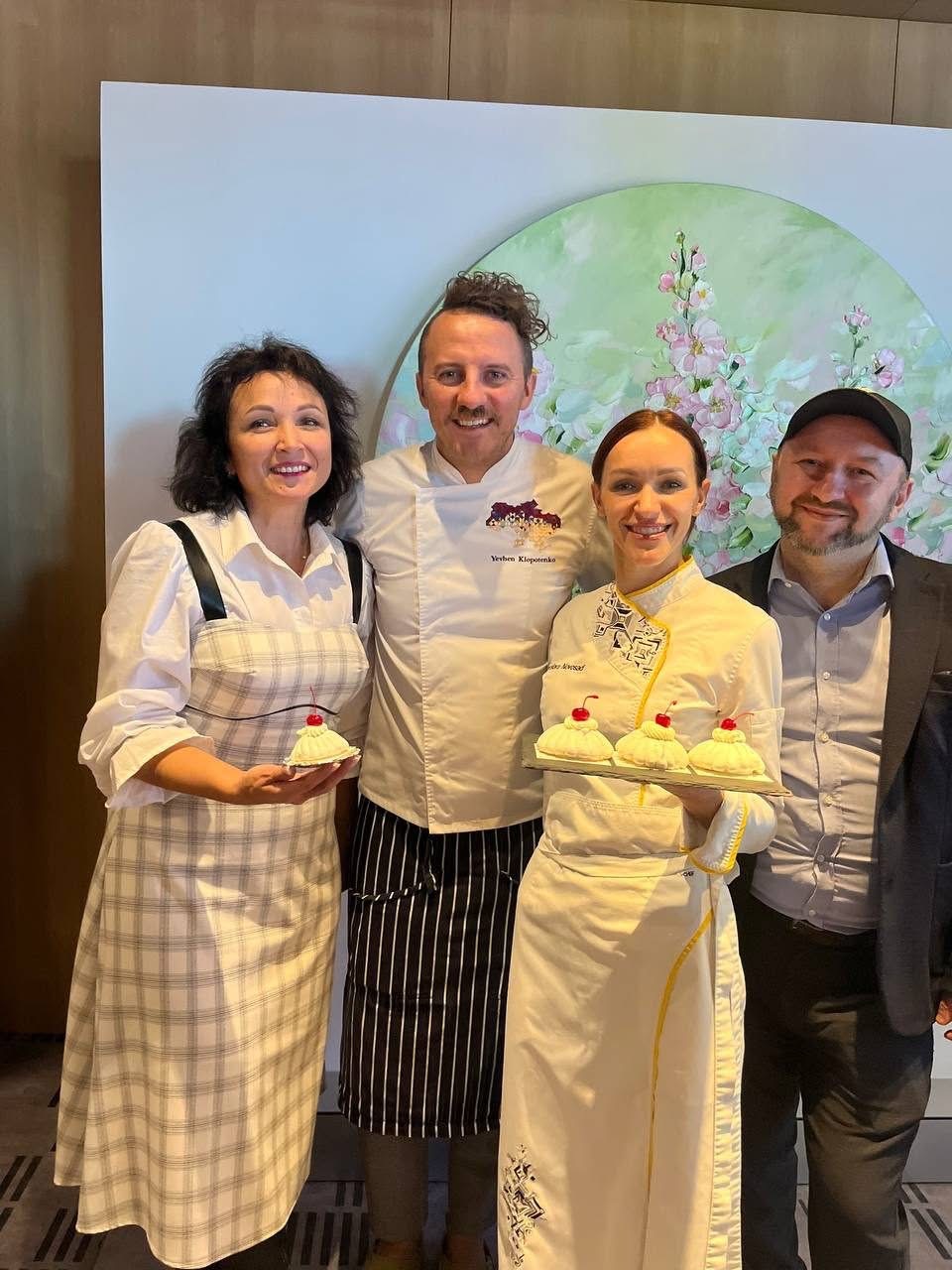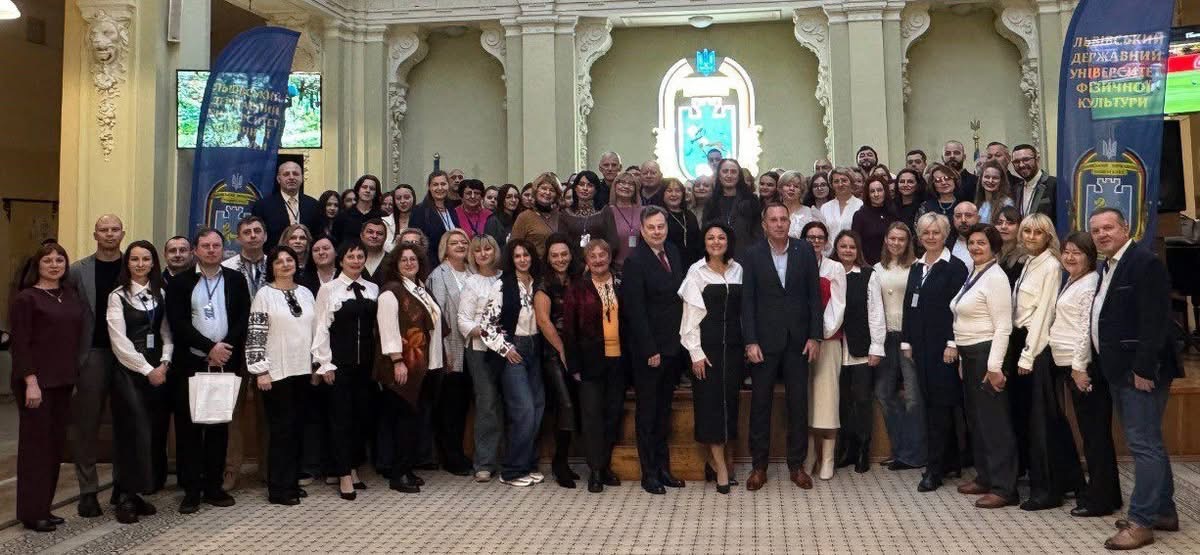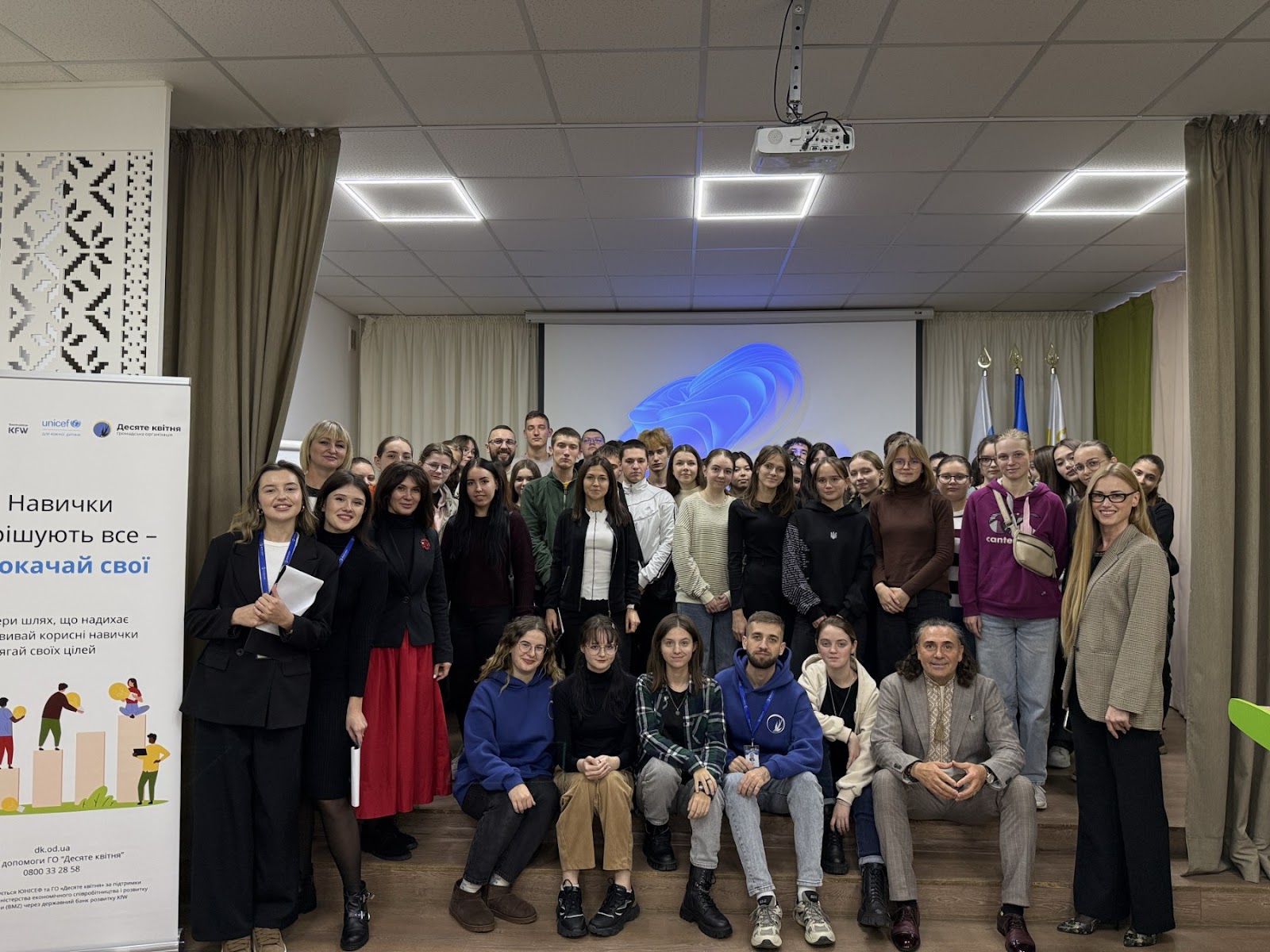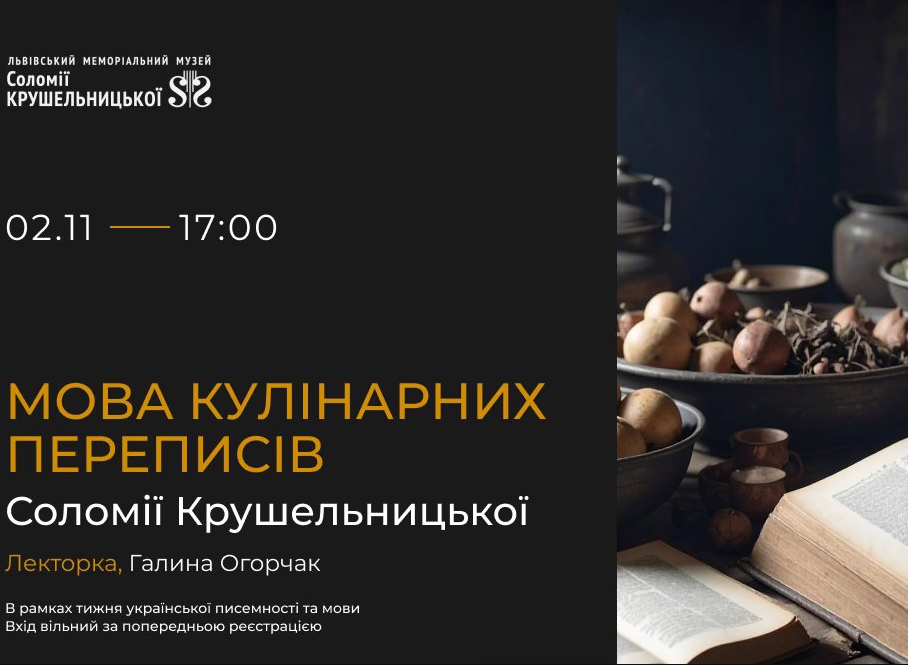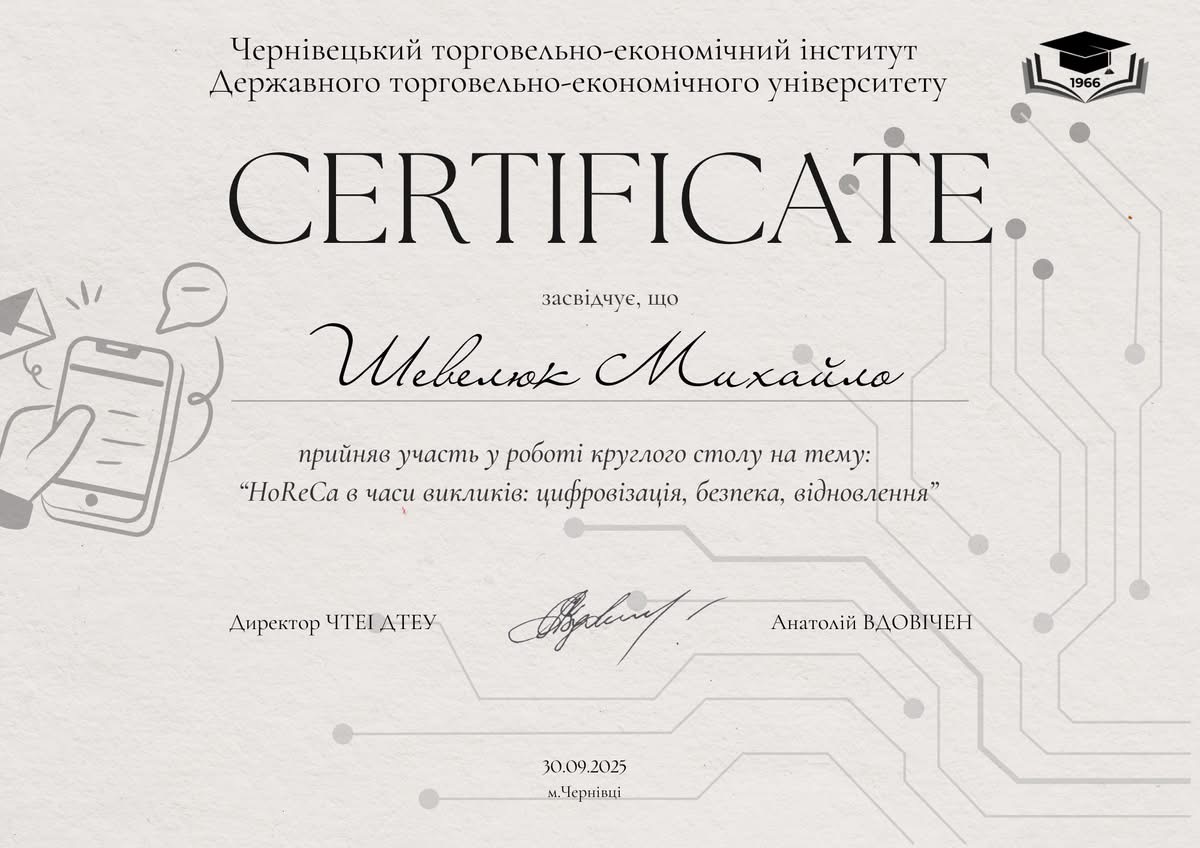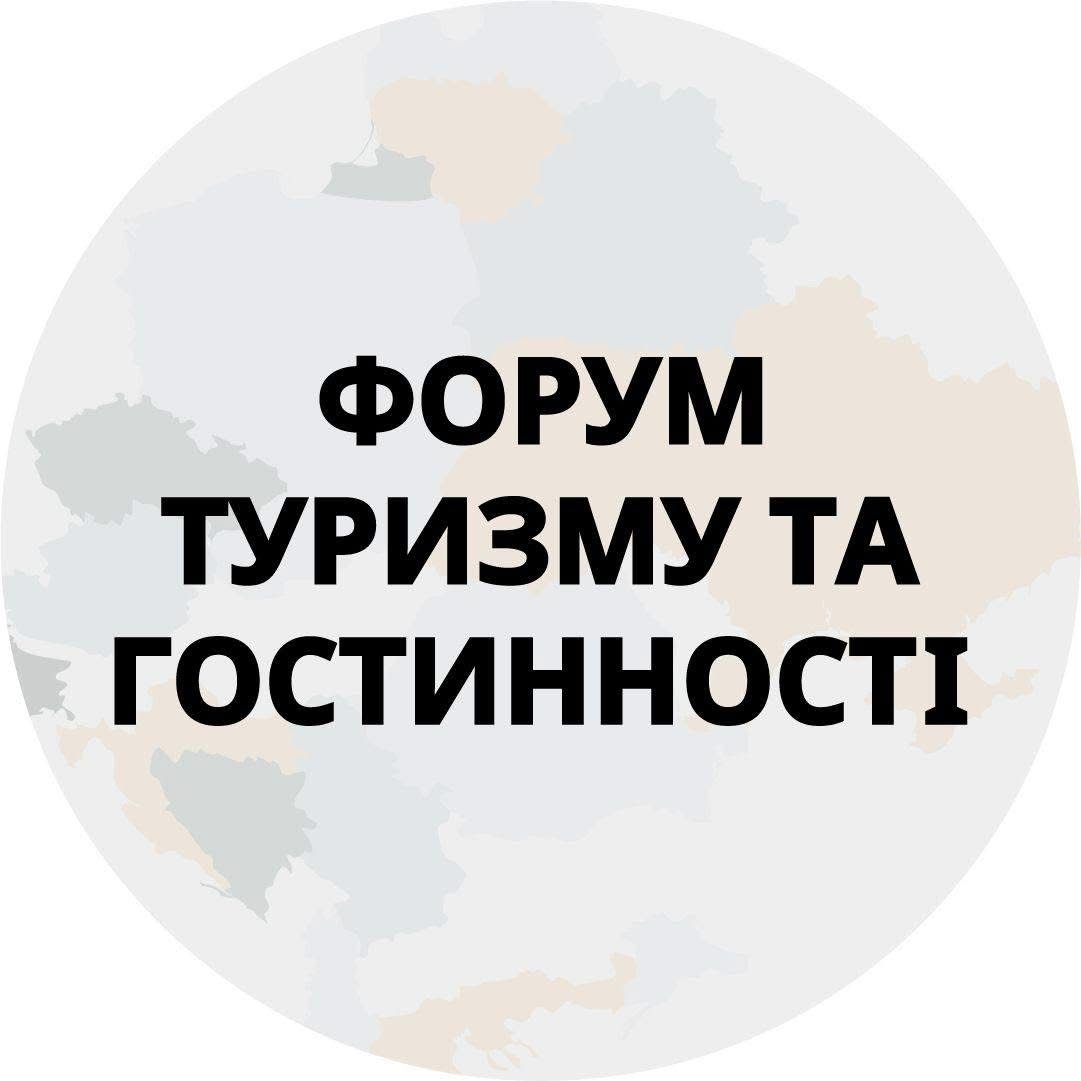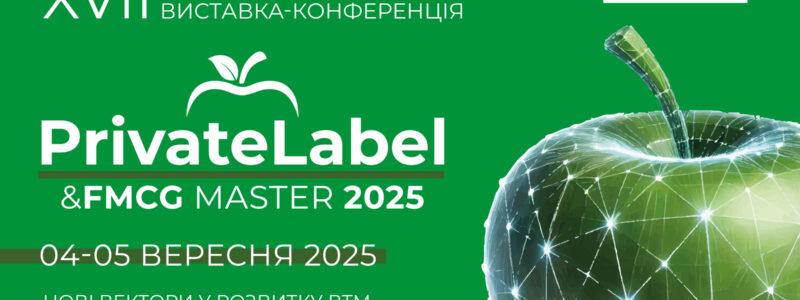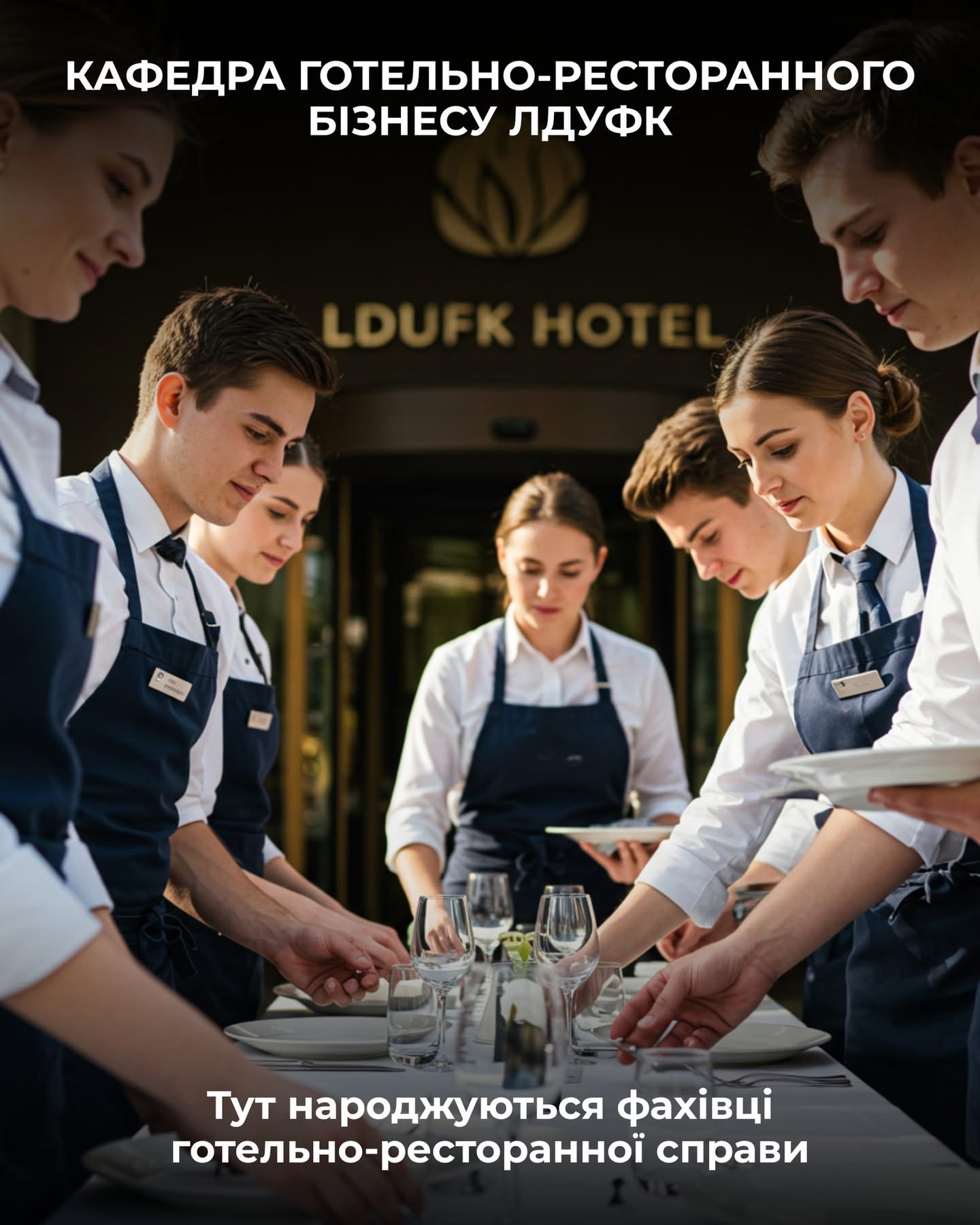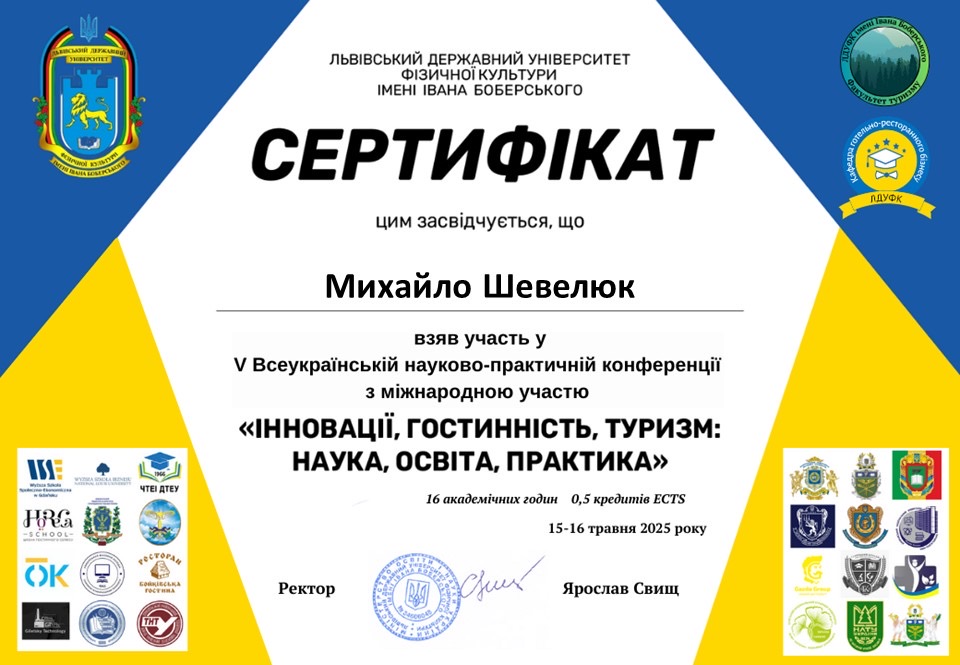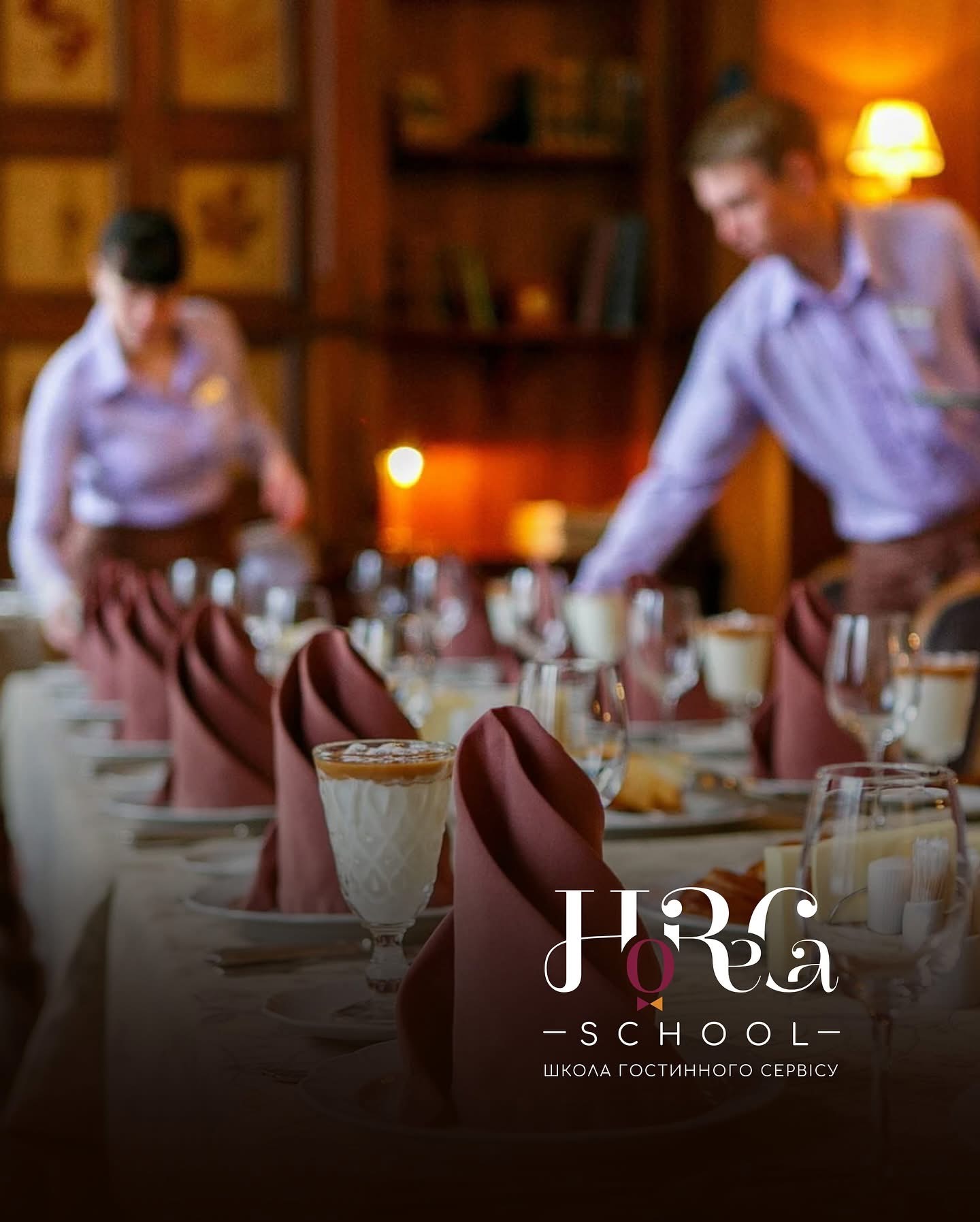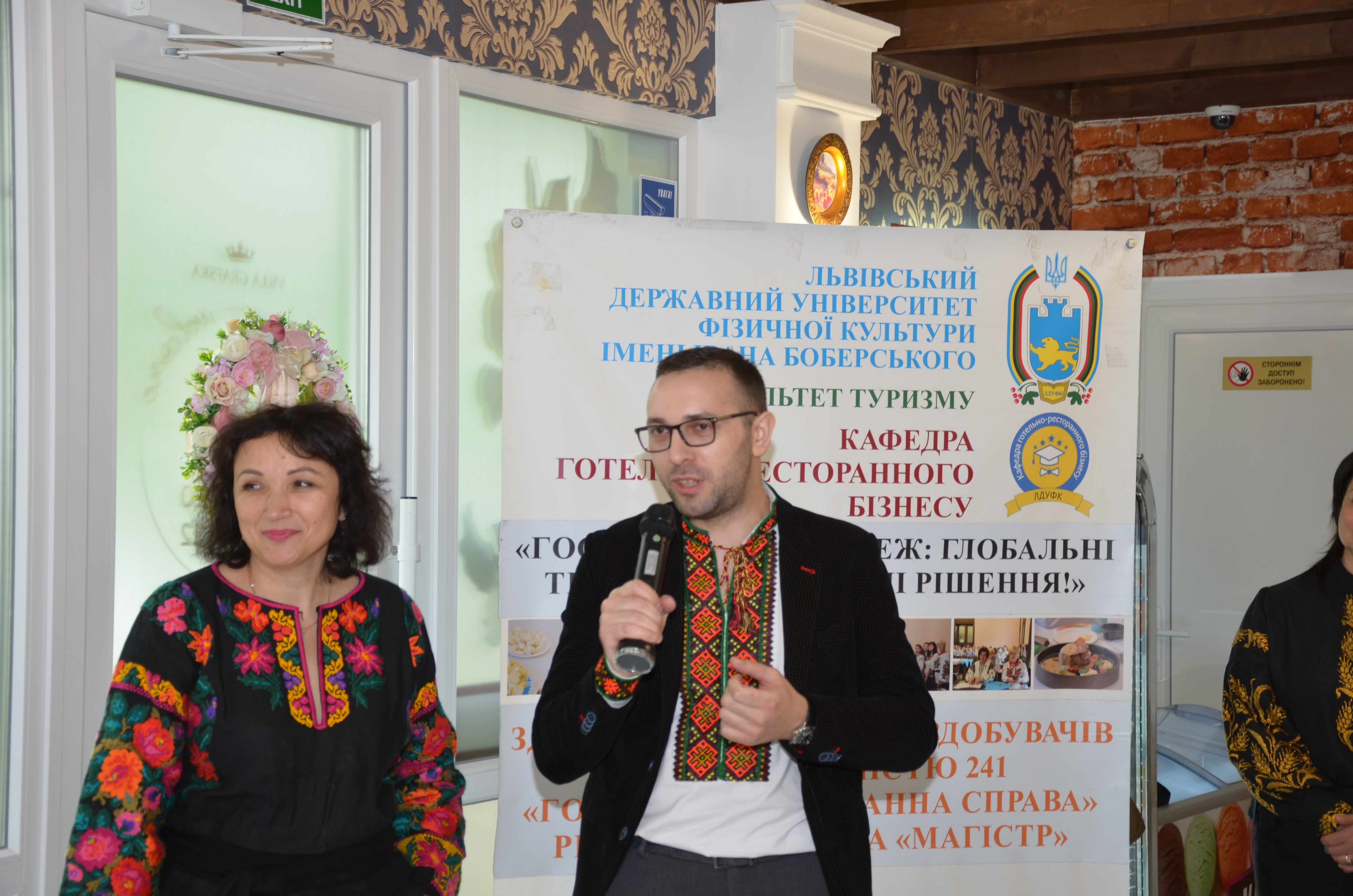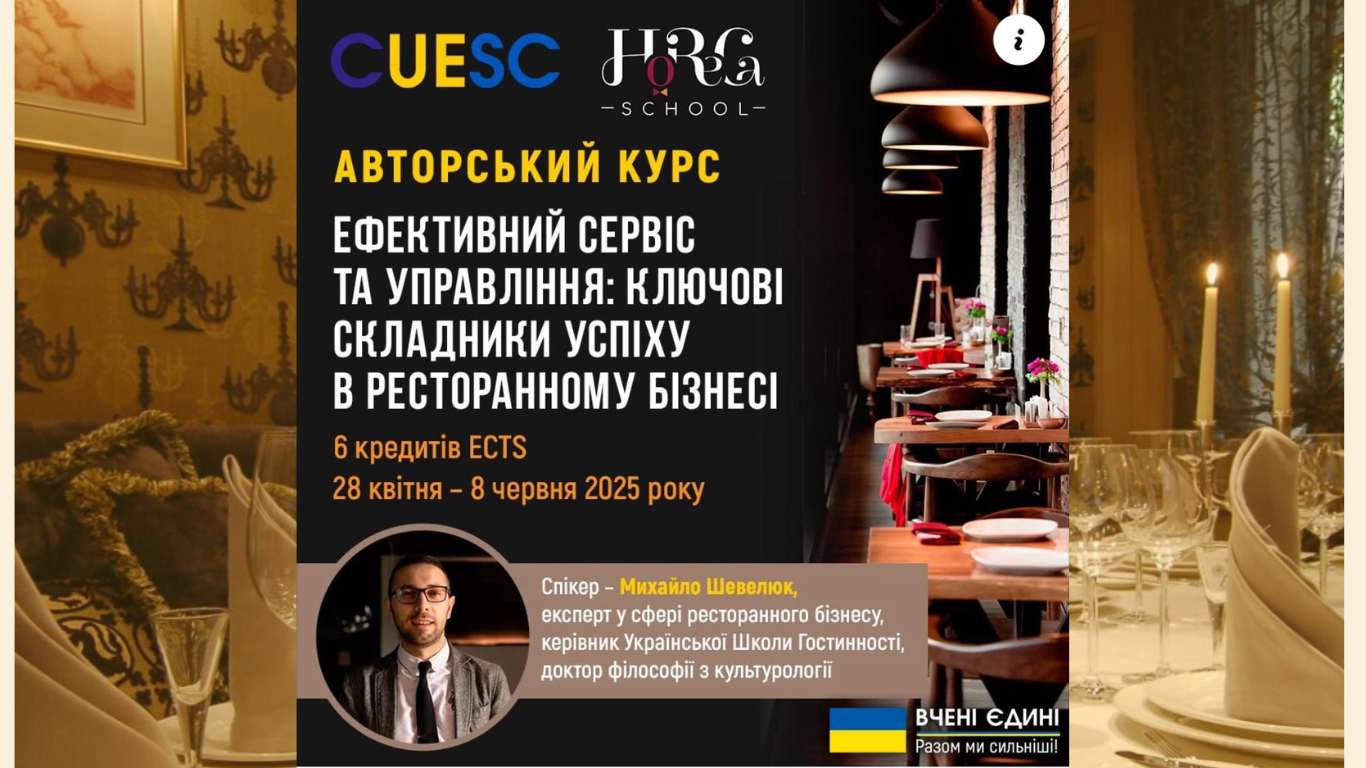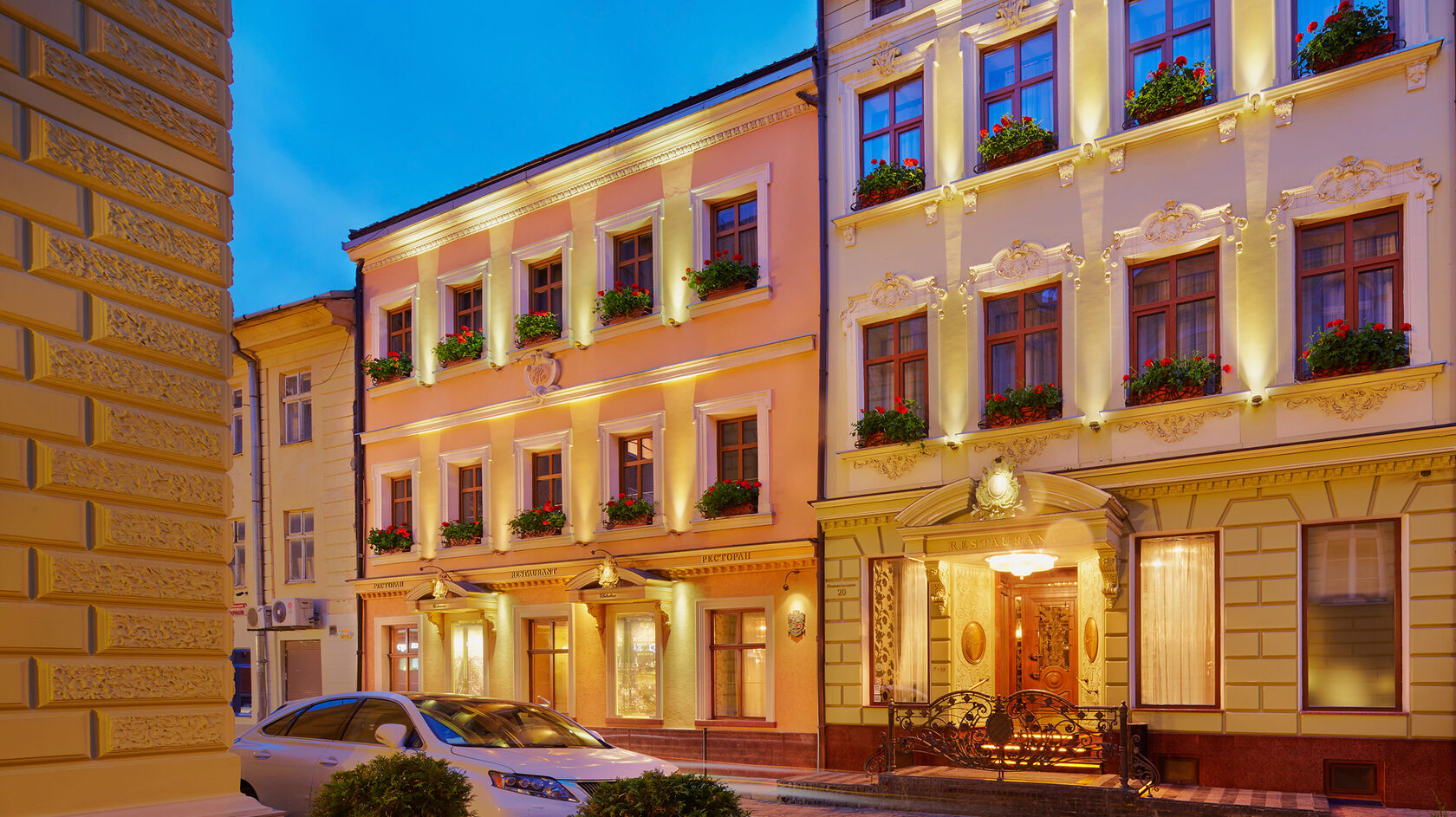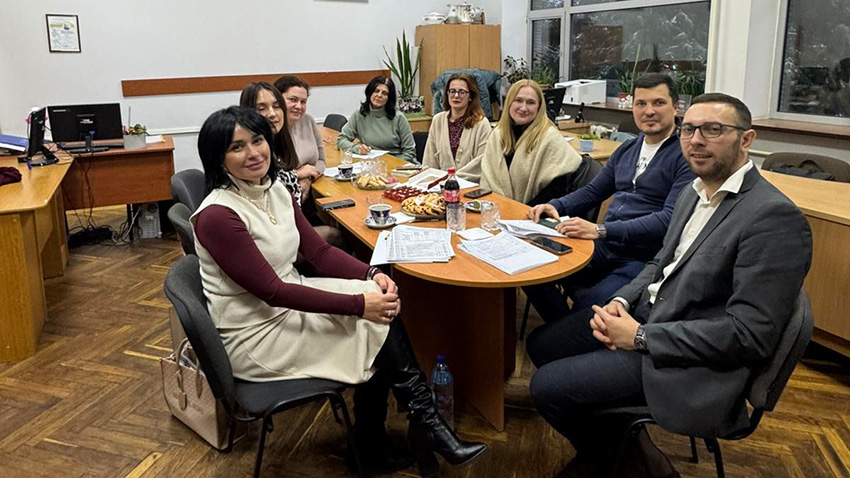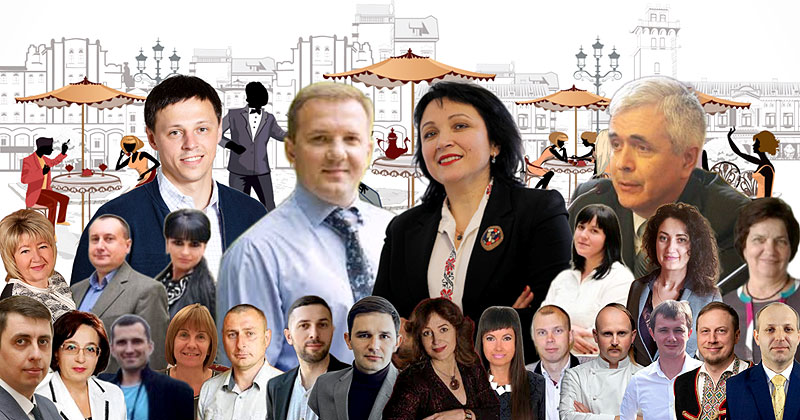
An exquisite dessert as a manifesto of decentralizing culinary culture
A new creation was recently unveiled in Lviv: a genuine ballet dessert, whose elegance and delicacy will not only satisfy demanding lovers of meringue but also boldly assert the aristocratic nature of Ukrainian cuisine and its perception beyond clay pots and glazed platters. The dessert was created in honour of Varvara Karinska – the first Ukrainian woman to win an Oscar and the creator of the ballet tutu.
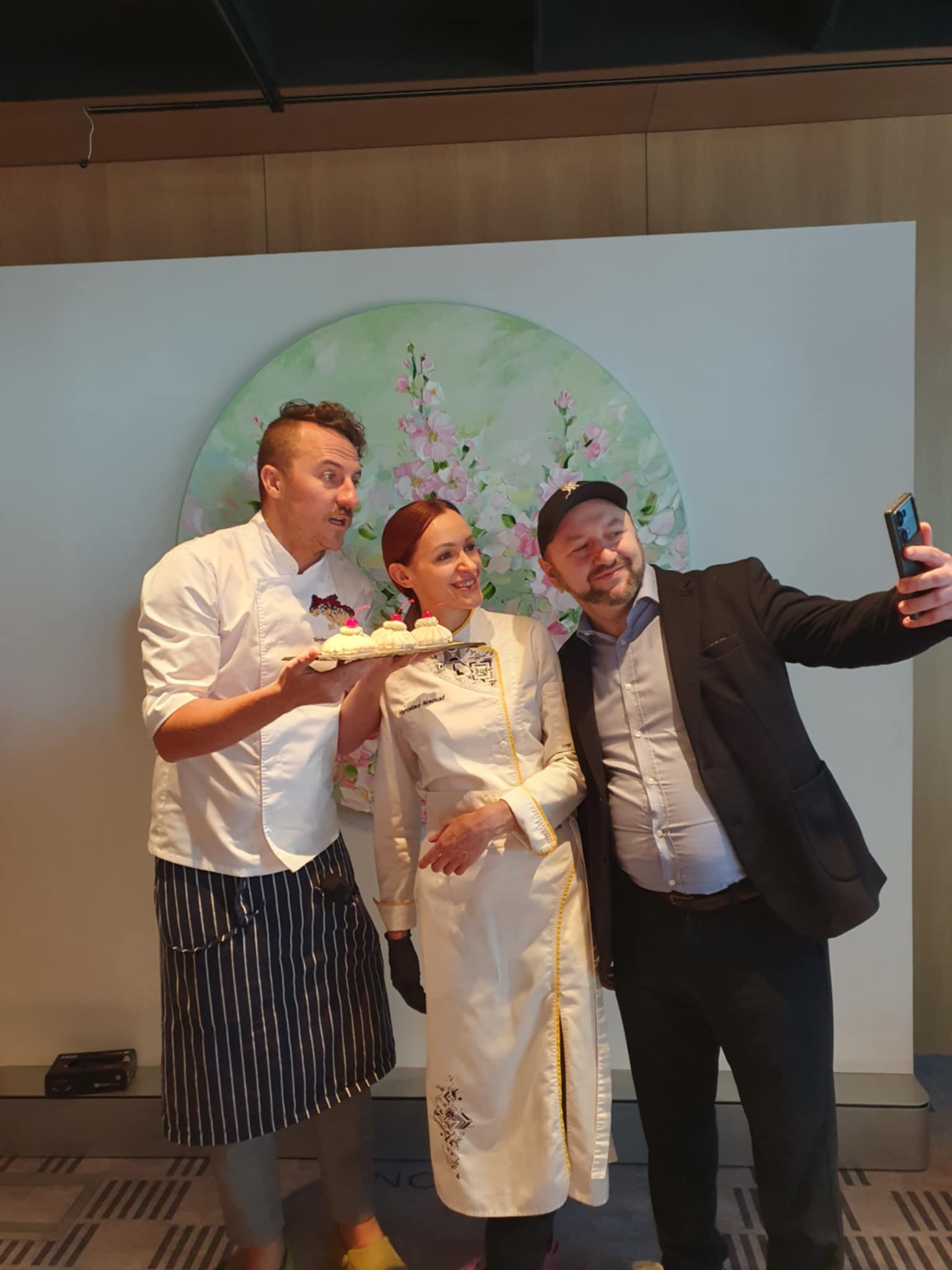
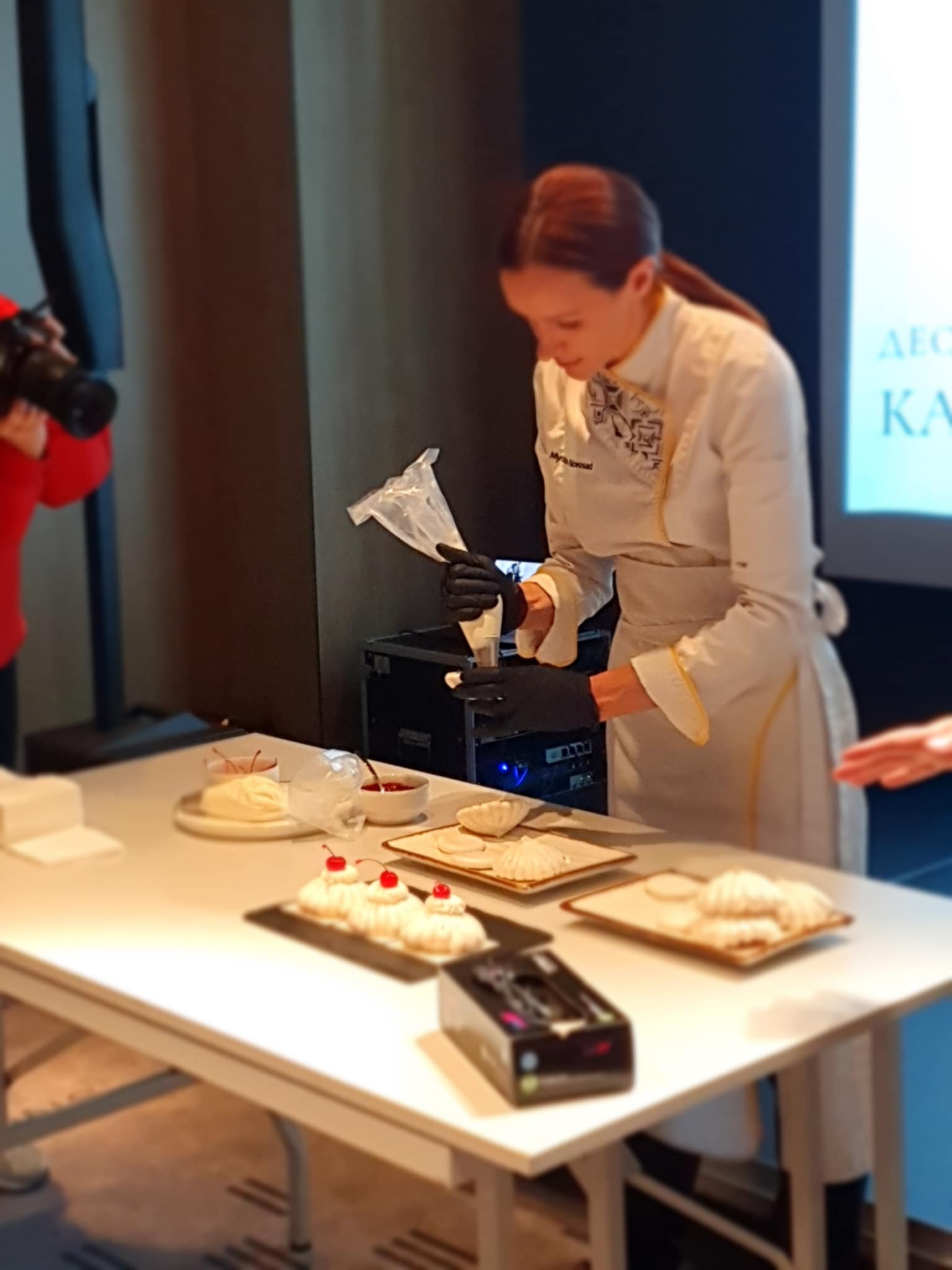
It’s hard to convey in words this gauzy meringue pirouette, with its notes of tart cherry and the nutty, barely perceptible aftertaste of toasted buckwheat. One of the dessert’s authors, the famous chef Yevhen Klopotenko, stressed that the key idea is to use and promote our own products: sour cream, buckwheat flour and the tangy, poetic Ukrainian sour cherry. Only then is there balance – just like in ballet.

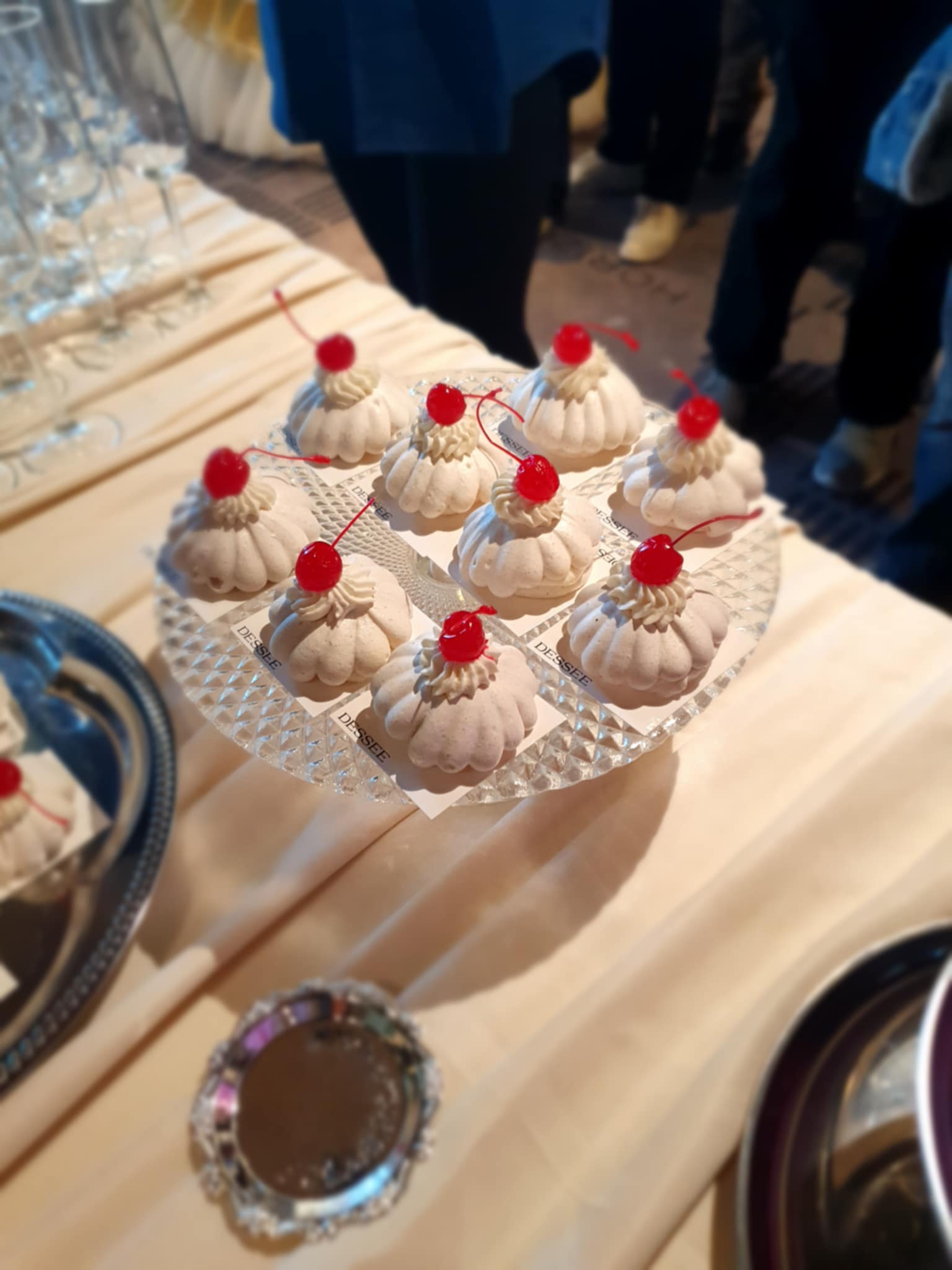
But why ballet? Why meringue?
Perhaps at first “Karinska” was conceived as an alternative to the Pavlova dessert. According to the originator of the idea, writer and culinary researcher Vsevolod Polishchuk (author of Fantastic History of Ukrainian Cuisine), the name of the Russian ballerina often provoked unpleasant feelings among the wives of fallen and imprisoned heroes when they saw it on menus in Ukrainian restaurants. Of course, the dessert – as delicate as a tutu and known on several continents – was popular at many celebrations in Ukraine. It would have been unfair to wage war on meringues and banish the Pavlova from menus, so Polishchuk, Klopotenko and the renowned pastry chef Myroslava Novosad (with twenty years of experience) came up with an alternative indulgence en pointe, giving discerning gourmands a choice.
From there, it became a matter of cultural codes. It is no secret that “great Russian culture” has been and remains part of propaganda and one of the tools of imperialist policy – especially ballet. As Mr Vsevolod noted, there would be no ballet, no Pavlova tours in Australia or New Zealand, if Russia were not an empire, enslaving other peoples, seizing their resources (for example, Ukrainian grain or metal) and using the proceeds to finance culture and ballet.
Gastronomic anchors are as powerful as cultural ones and just as dangerous to the destruction of national self‑identity. Remember how people still long for Soviet plombir ice cream, for the canteen gravy made of “nothing,” for Olivier salad and boiled sausage. These are not just foods – they are elements of a bygone lifestyle, where people lived “merrily and together, and for peace throughout the world.”
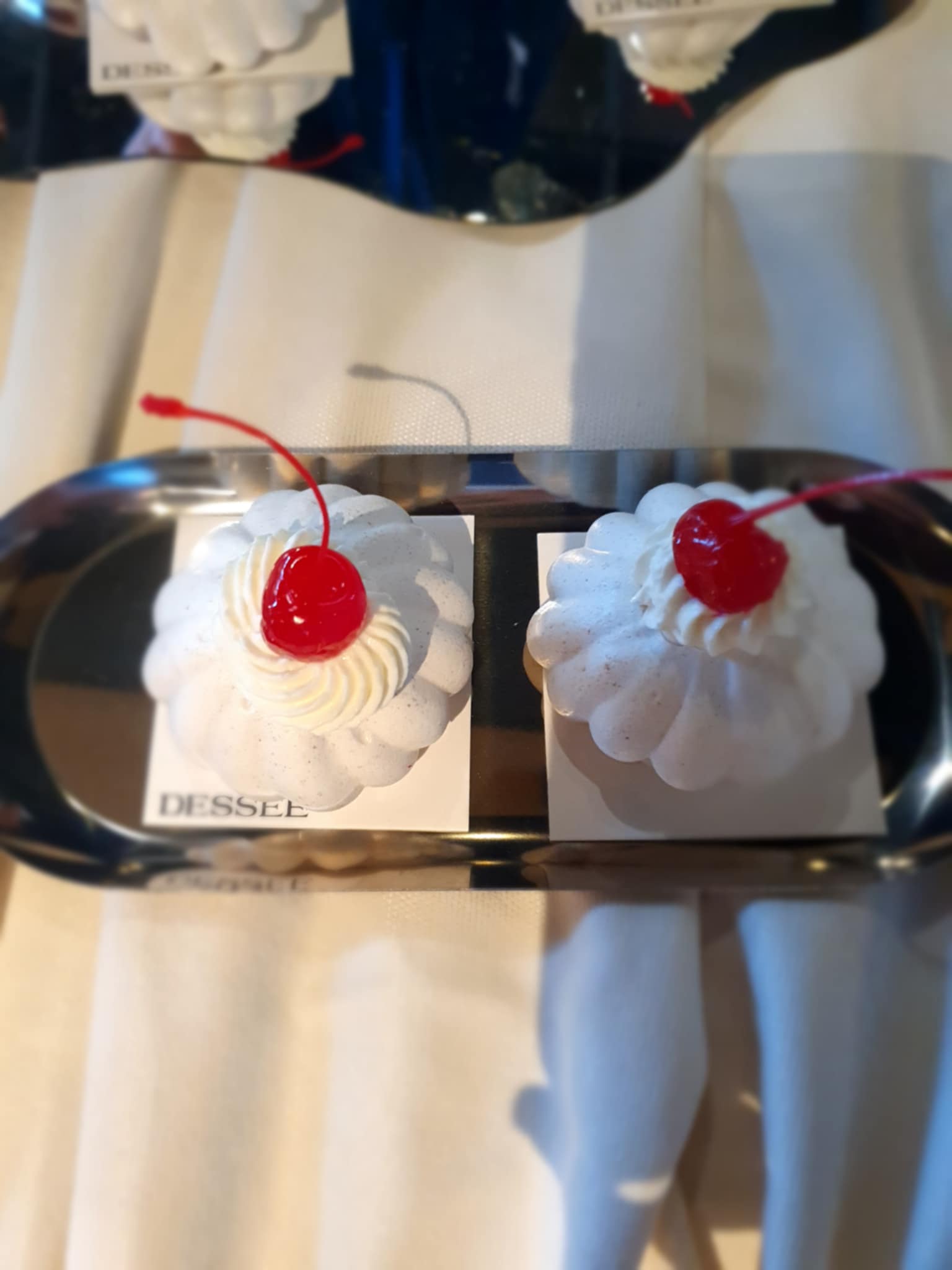
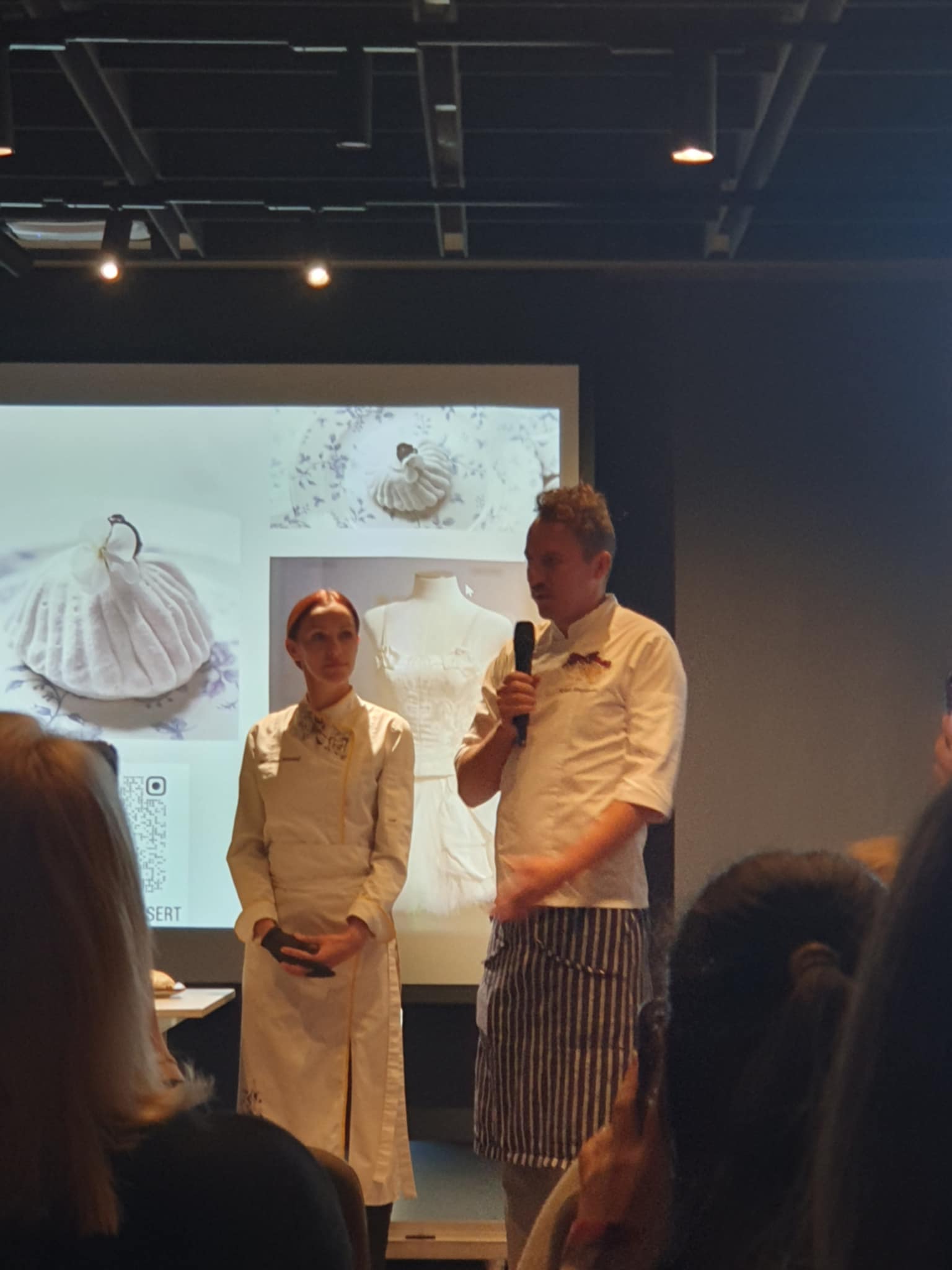
Naturally, the “Karinska” dessert – aspiring to be a cultural code (and it truly does) – must also have its own historical aura, its dedication. Without a story, dishes don’t become history (pardon the tautology).
And, as it turned out, there was among our compatriots an exceptional ballerina who won an Oscar, created the standard ballet tutu and modified the corset. Varvara Andriivna Karinska, after whom the dessert is named, made a bigger contribution to ballet than Pavlova herself. But who knew about that? Before the dessert appeared, a search for information on Karinska in Ukrainian yielded only three or four pages. Now there are dozens – and this is only the beginning. As the Americans say, “a star is born.”
The next task is to win over the public. And if the divine taste isn’t enough (I doubt it isn’t), accessibility is also a great driver of popularity – and that’s wonderful. The creators didn’t hide the recipe behind seven locks; on the contrary, they generously shared it with everyone. There’s a reason for this: the dessert is simple, so it can be made not only by Le Cordon Bleu graduates but also by ordinary home cooks for weddings or catering. That’s word‑of‑mouth advertising and relevant user‑generated content – and what could be more effective?
So if you’ve read enough, been tempted and are standing in first position, head over to ZAG café by DESSEE in the Zenyk Art Gallery or to one of Yevhen Klopotenko’s restaurants: this dessert is already being served there. And in a few months, “Karinska” will appear on the menus of more than 100 establishments.
Enjoy and recommend it. And may the pointe shoes not pinch, may your partner not drop you, and may the orchestra not miss a beat.
The event was attended by our colleague Maryana Kuzmenko, a journalist and translator‑assistant at the Japanese news agency Kyodo News, as well as Professor Mariia Paska, head of the Department of Hotel and Restaurant Business of the Ivan Boberskyi Lviv State University of Physical Culture and director of the “Technologies and Innovation in HoReCa” program at the Ukrainian School of Hospitality.
